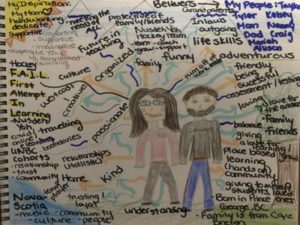My Self-Portrait reflecting “WHO AM I”?

My Learning Map
Plant a Seed…and Watch it Grow
Photobook KMacDonald in Powerpoint
My Bento Box
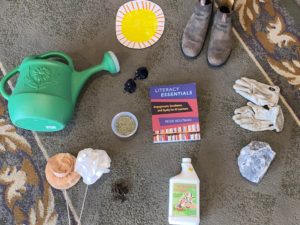
Leah Marie Dorion – Metis Artist

Leah’s Art
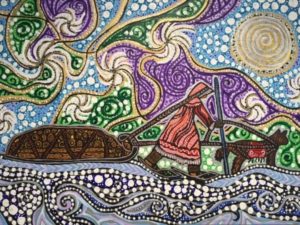
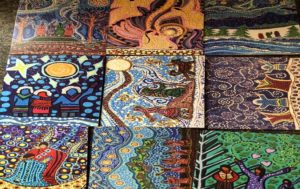

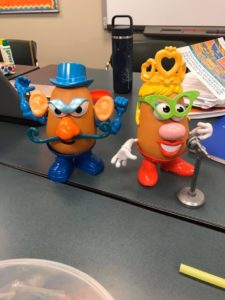
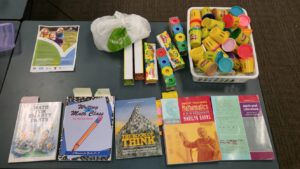
Lesson Planning – Understanding by Design
The Understanding by Design (UbD) template has made me realize a very important concept about teaching…that of the ‘end goal’ as opposed to ‘a topic.’ Teaching to meet the end goal is very different than teaching a topic. I was able to ask my dad, a school administrator, how he was taught to do lesson planning. He was taught using the following steps: a) start with a topic or content that needs to be covered, b) plan one lesson or a sequence of lessons to teach that topic or content, and c) create and/or determine as assessment that measures the learning intended to have taken place for that specific or multitude of lessons. These steps make up the traditional method of lesson planning.
The Understanding by Design method, commonly referred to as the Backward Design is exactly that – backwards from the traditional approach (Wiggins & McTighe, 2012). This design incorporates the following steps: a) identify what students need to know at the end of the lesson(s) – the goal, b) create and/or determine an assessment that will measure that learning, and c) plan a lesson or sequence of lessons for students to meet the intended goal of the lesson(s) (Tomlinson & McTighe, 2006). I am now also realizing that this backwards design aligns very well with the redesigned BC Curriculum which identifies the big ideas and curricular competencies allowing for that flexible and innovative style where students gain the skills, knowledge, and abilities to succeed in today’s world (British Columbia Ministry of Education, 2016). This design equally aligns well to my own teaching philosophy of progressivism where education is aimed at helping students develop problem solving skills that will enable them to thrive and succeed in today’s world. According to John Dewey (1938), “it is education that enables students to connect abstract notions to real life experiences” (p. 5). By starting with a goal, curriculum and teaching is focused on deepening the students’ understanding and transfer of learning for practical use and applicability to the real world.
As I was designing my lessons, I liked paying attention to the end goal(s) immediately at the onset, ensuring that my plan would be targeted to meet those goals. Essentially, the template guides the teacher to include all relevant aspects of the lesson, making it an easy step-by-step guide. I will admit that I was hesitant at first to use the template, however once into it, I was pleasantly surprised how user-friendly it was. This will be my go-to template as I begin my teaching journey.
References
British Columbia Ministry of Education. (2016). BCs New Curriculum. Retrieved October 25, 2020 from https://curriculum.gov.bc.ca/curriculum/overview
Dewey, J. (1938). Experience and Education. Indianapolis: Gappa Delta Pi
Tomlinson, C., & McTighe, J. (2006). Integrating differentiated instruction and Understanding by Design: Connecting content and kids. Alexandria, VA: ASCD.
Wiggins, G., & McTighe, J. (2012). Understanding by Design Framework. Retrieved October 26, 202025, 2020, from http://www.ascd.org/ASCD/pdf/siteASCD/publications/UbD_WhitePaper0312.pdf.
